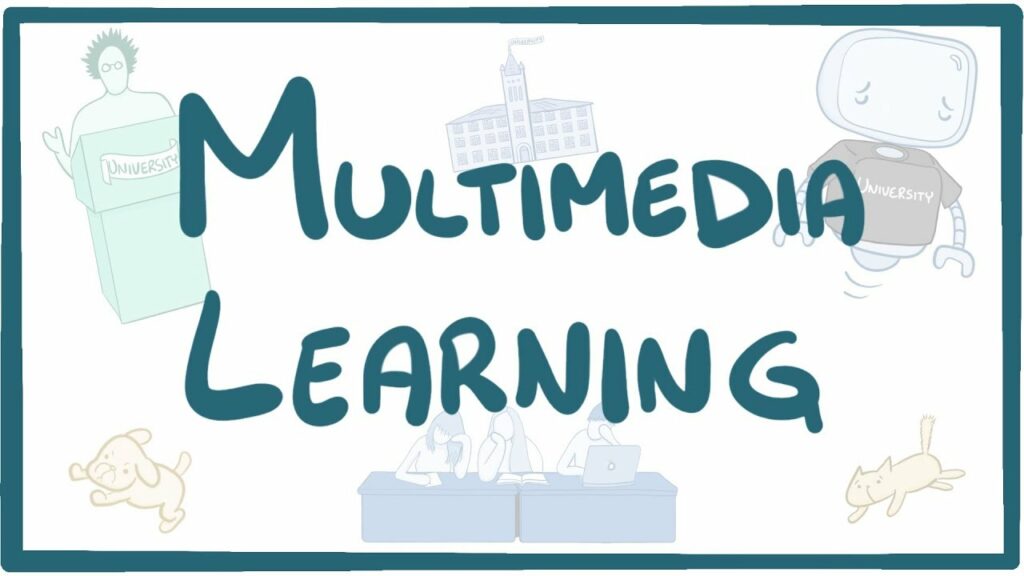
Blog One : My Thoughts on Interactive and Multimedia Learning
In this week’s reading materials, I have access to certain basic principles of multimedia learning and how interactivity used for better teaching in the classroom to enhance teaching efficiency.
To begin with, Mayer (2009) proposed twelve important principles of multimedia learning. His words give a new perspective in certain ways. Firstly, he proposes the coherence principle and argues that when teaching, teachers should not include too much non-related elements in the lesson plan, such as background music. Previously, I thought both acoustical and visual elements are important in the multimedia class. I mistakenly thought the more teachers used these elements, the better students learn better. However, through the principles provided by Mayer, I get to know the key multimedia elements and ratio.
Besides, I learn that interactive teaching is beneficial for students in the classroom, such as brainstorming, think-pair-share, buzz session, incident process, and Q&A sessions. For example, when teachers assign brainstorming questions or videos before class, they lead students to arouses their interests and think about related elements in today’s topic. During the class, think-pair-share teaching method can also motivate every student to participate in the topic discussion and get peer feedback and support. Generally speaking, these interactive skills boost students to participate into the class more actively.
Reference
Mayer, R. E. (2009). Multimedia learning (2nd ed.). Cambridge, England: Cambridge University Press.

Leave a Reply
You must be logged in to post a comment.